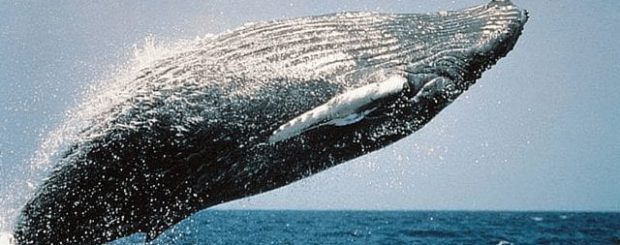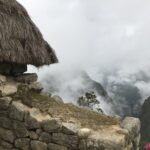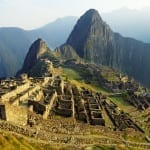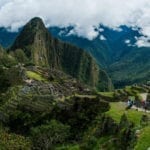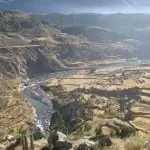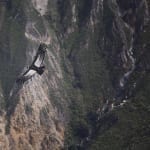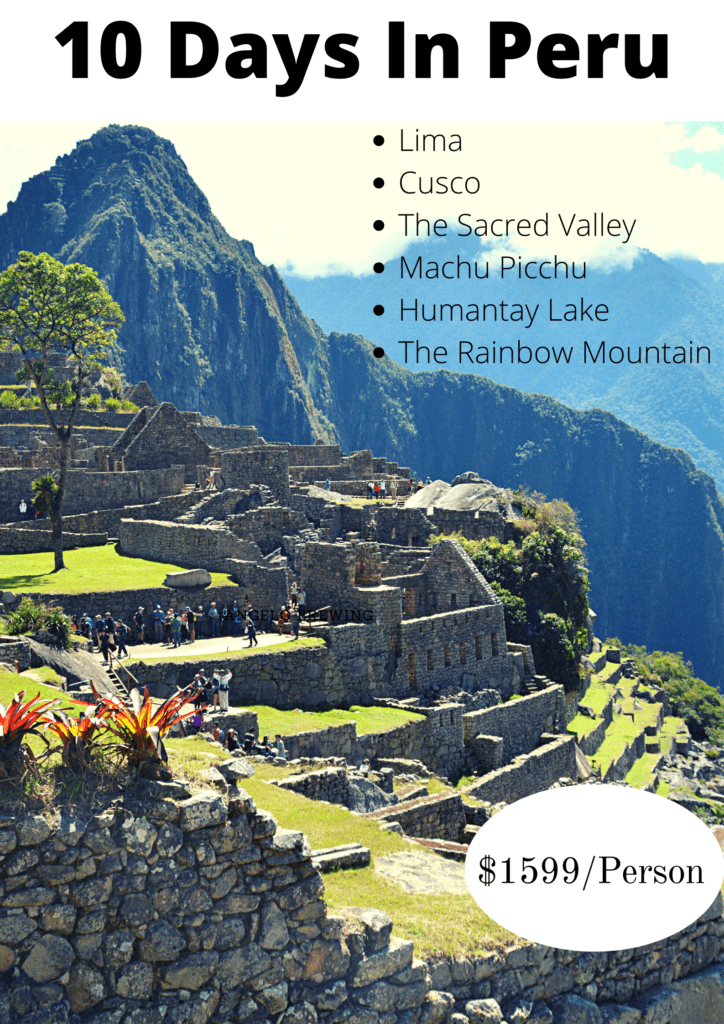Whale Watching in Peru
James Bustamante is Native to New York but born to Peruvian parents. He has been traveling throughout Latin America since early 2003 and finally made his home in Peru. James has made his way by eating and traveling through almost every country in Central and South America.
Last Updated on March 19, 2024 by James Bustamante
Whale watching in Peru? You’ve probably heard this before but Peru is said to have a little bit of everything.
This includes a rich culture, exotic wildlife, and incredible landscapes that look more like oil paintings than real life.
While planning on when to visit Machu Picchu you might also consider a few alternative activities within your itinerary.
No matter where you go you’ll always find something spectacular to do.
Such is the case of whale watching, most people don’t know these amazing creatures can be seen in Northern Peru.
Peru travel is not just exploring The Amazon rainforest or trekking the highlands.
There is so much more to experience than just the hike to Machu Picchu, which is as amazing as it is.
Let’s go over whale watching in Northern Peru.
Whale Spotting in Peru

So what are some of the types of whales you can find in Peru?
The predominant species you’ll find is the humpback whale. It is a kind of baleen whale.
These extraordinary animals range in length from around 39–52 feet (around 14 meters) and can weigh as much as 79,000 lbs (35,000 kg), which is quite a hefty mammal.
Tourists tend to describe the humpback with a very distinctive body shape.
They begin to notice their long pectoral fins and their rather strange-looking bobblehead.
Children adore the sight of these whales.
It is quite amazing to see that even though it is a very large animal, they can also be quite acrobatic.
During whale watching sessions, travelers will see when they breach the water at great speeds and slap the calm ocean, almost as if they’re greeting their guests.
As with any wilderness-focused experience, sightings cannot be guaranteed.
These amazing humpback whales are free to roam as they wish, but when you do eventually see them, they provide such a spectacular show as they jump, splash, and sing.
So much so that whale watching in Peru is becoming a popular tourist attraction in the Northern Piura region of the country.
With a vast tourist attendance growing every year, this seems destined to provide another “must experience” travel activity in Peru.
In addition, it’s not just the travelers who come in with increased droves yearly.
According to marine life experts, approximately four thousand whales arrived last year, while almost six thousand arrived this year.
The Best Time to Whale Watch in Peru?
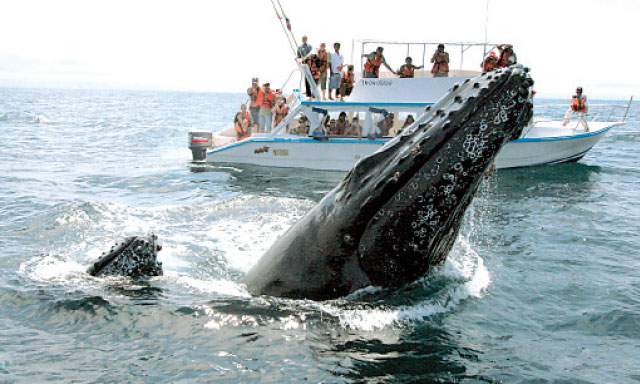
It’s quite a phenomenon when it comes to these gorgeous sea creatures.
Humpback whales don’t live in the region.
They undertake a long trip from Antarctica towards the equator each year.
The pass-through “Los Órganos” in Piura (north of Lima), to breed in the warm waters provided by the “El Niño” current.
This is why Peru’s whale-watching season begins between July and August and tends to last until September and October.
This is also great for local marine biologists and others who work in similar fields.
Thanks to increased tourism due to whale watching in Peru, scientists can continue researching the species that live here.
If you wanted to include a trip through the Peruvian north then consider taking it after your Machu Picchu tour.
Going through the entire highland portion of your trip is preferred first.
This is to have the tail end of your trip be more focused on relaxation after challenging hikes in the Andes.
Travelers tips: Los Organos is a very popular beach in the Piura region located in the North of Peru. If you like beaches, surfing, and delicious seafood, then this is a worthwhile stop for you.
More Species to Spot

The most important and researched animals in this region are the humpback whales.
That’s not the only species you will find in Northern Peru, though.
You can also find green tortoises, sea lions, birds, and other marine species.
Peru boasts a huge variety of fauna in the north (a well as the Amazon), with over thirty different registered marine mammal species you can find near Piura. There are other whale species in this area that can even be seen year-round.
Travelers Tips: While speaking with your Peru travel adviser to make your Machu Picchu reservations, make sure to ask about the Northern Peru legs of our planned trips.
In Conclusion
Visiting Northern Peru as part of your Peru Tour package can be an adventure.
With so much to visit in the North, you might need just an extra few days on your Peru itinerary to explore.
Even if you cannot make it to Peru in time for whale watching, you may be surprised to learn the following.
Basically, at any time of year, you can watch playful sea lions and Humboldt Penguin colonies off the desert coast of Paracas.
It is located south of Lima, another great destination with tons to explore.
This area can be the starting point for heading to the Nazca lines for a flyover tour.
You can make it a part of your Peru travel package and visit the Nazca lines before making your way from Lima to Machu Picchu!
Frequently Asked Questions About Whale Watching in Peru
What is the most common type of whale I will see in Peru?
While you are whale watching in Peru, the most common type of whale you will encounter is the Humpback whale.
Where can I whale watch in Peru?
Most whale watching in Peru is done in the Piura region of Northern Peru.
What other animals can I see during whale-watching sessions?
You will also see dolphins, a variety of sea birds, and penguins.
When is the best time of the year to go whale watching in Peru?
The best time to do this activity would be between July and August.
What other activities are there in Northern Peru?
Visiting Senor de Sipan in Lambayeque. The beaches in Piura, Mancora and Punta Sal.
What are the typical northern Peru dishes I can try?
Ceviche has its own variation in the Northern areas of Peru. A lot of the food is seafood-based.
